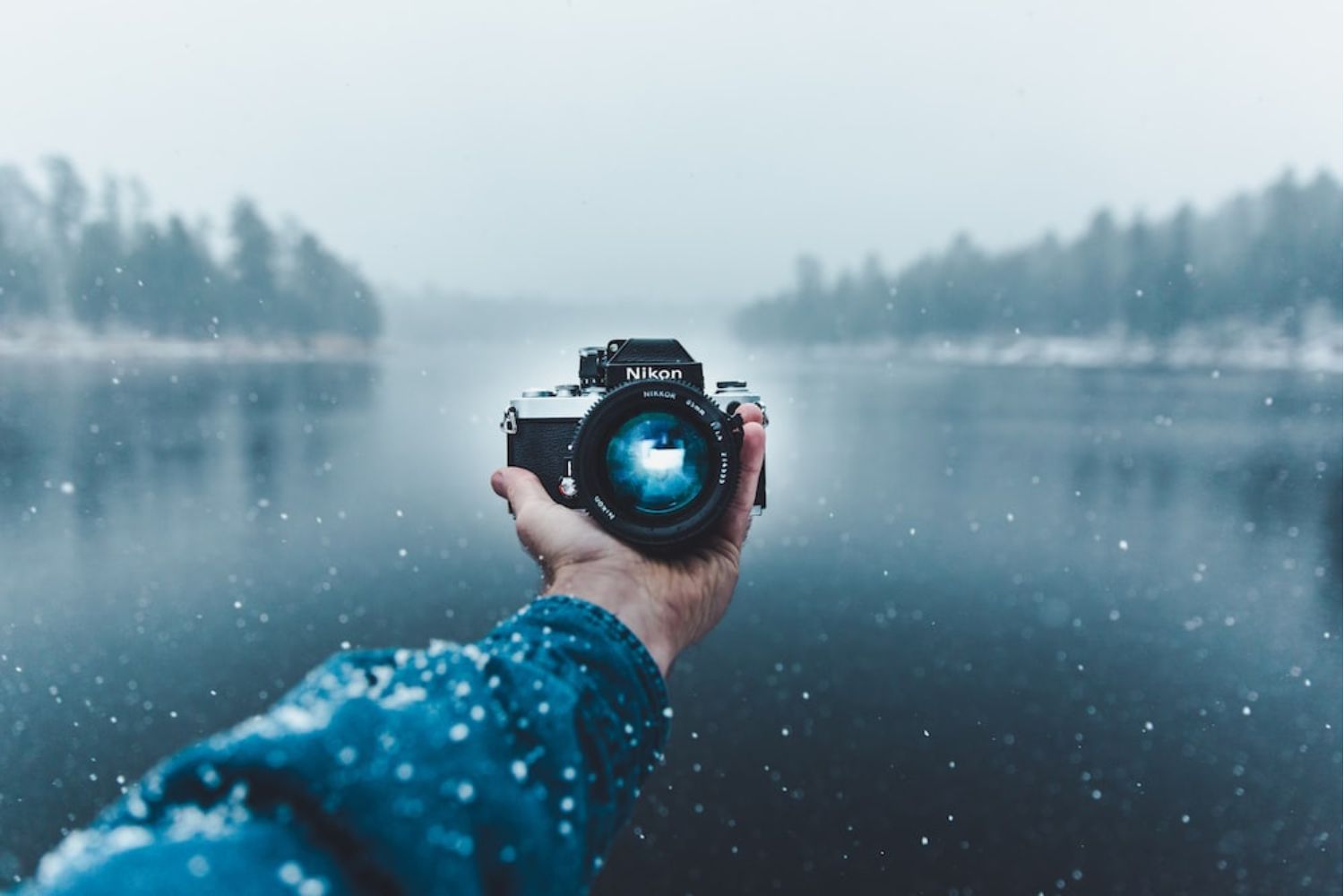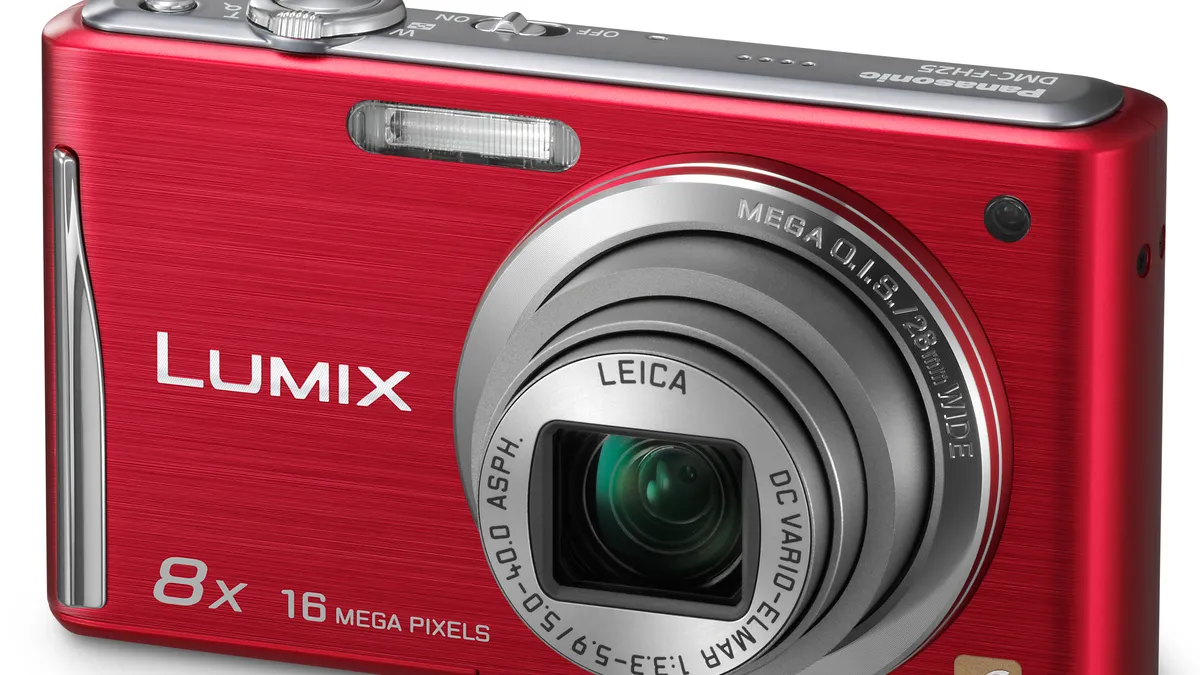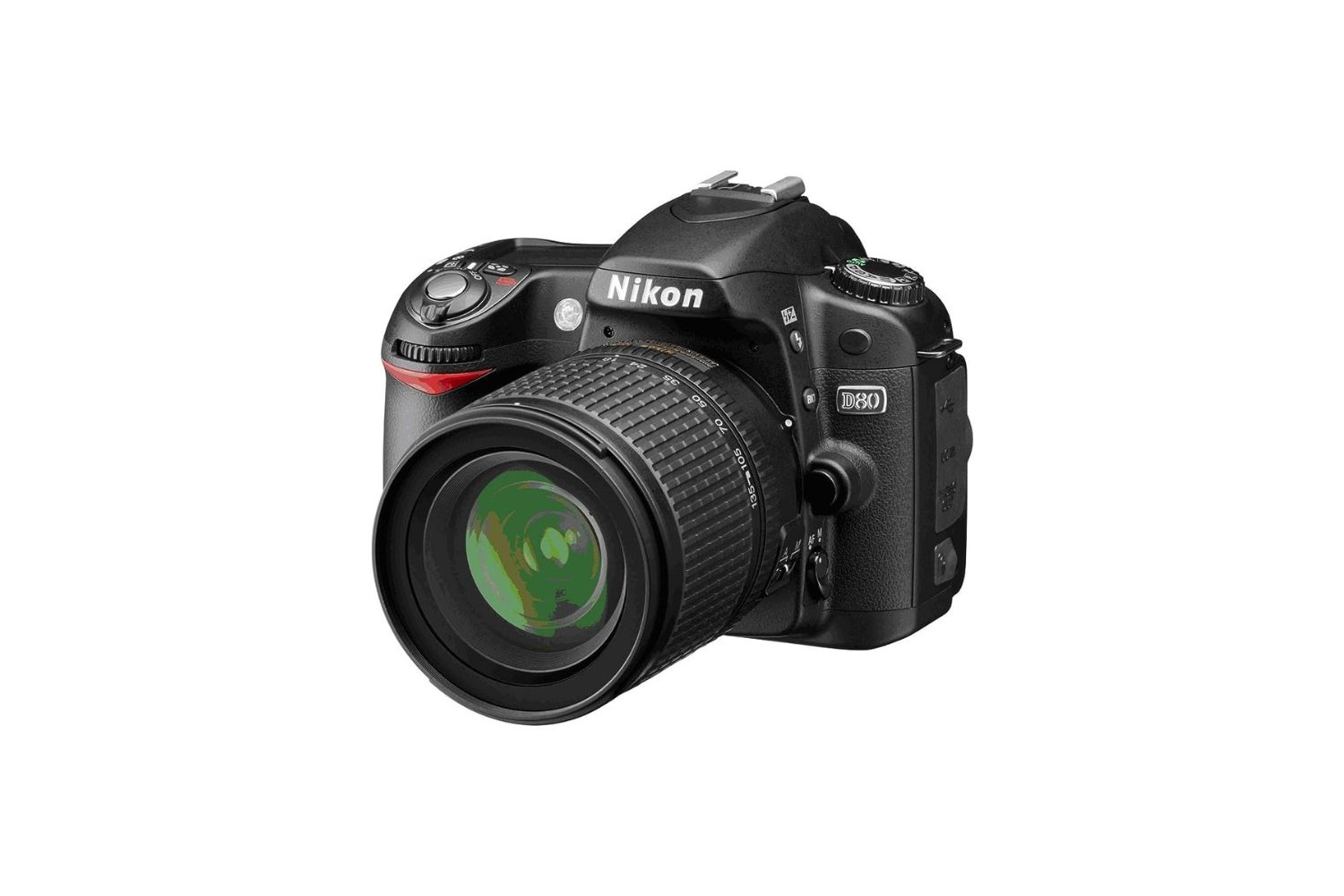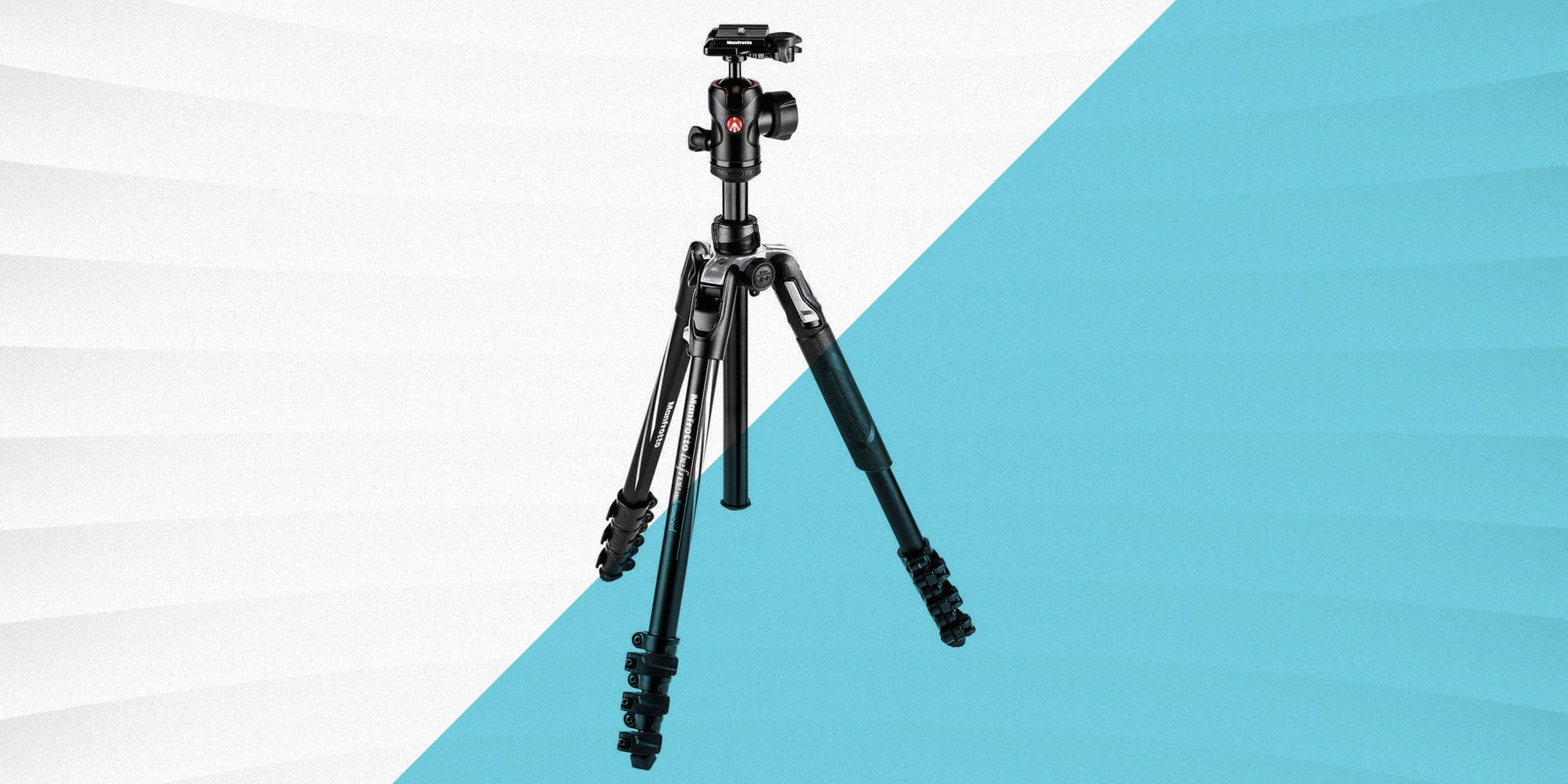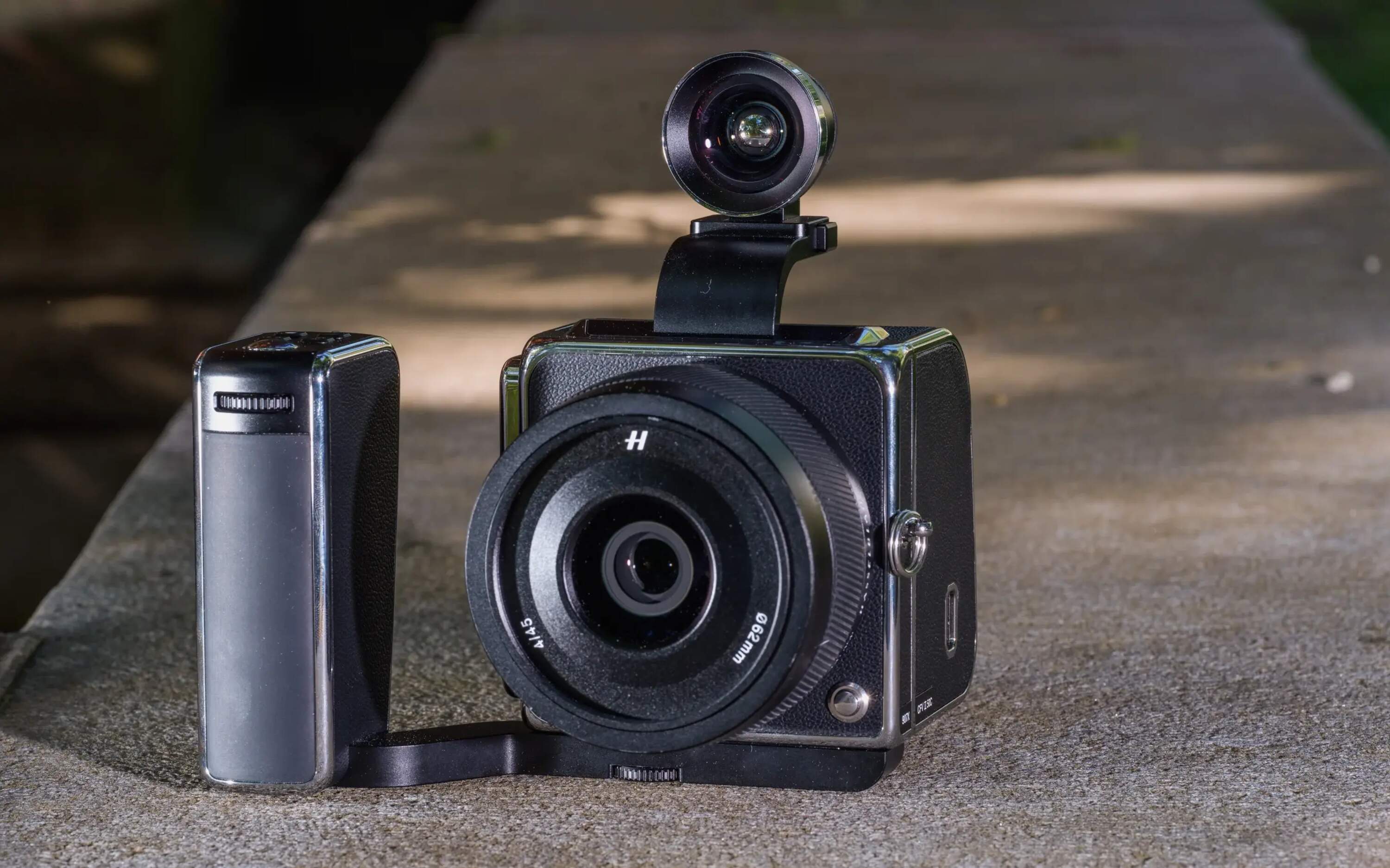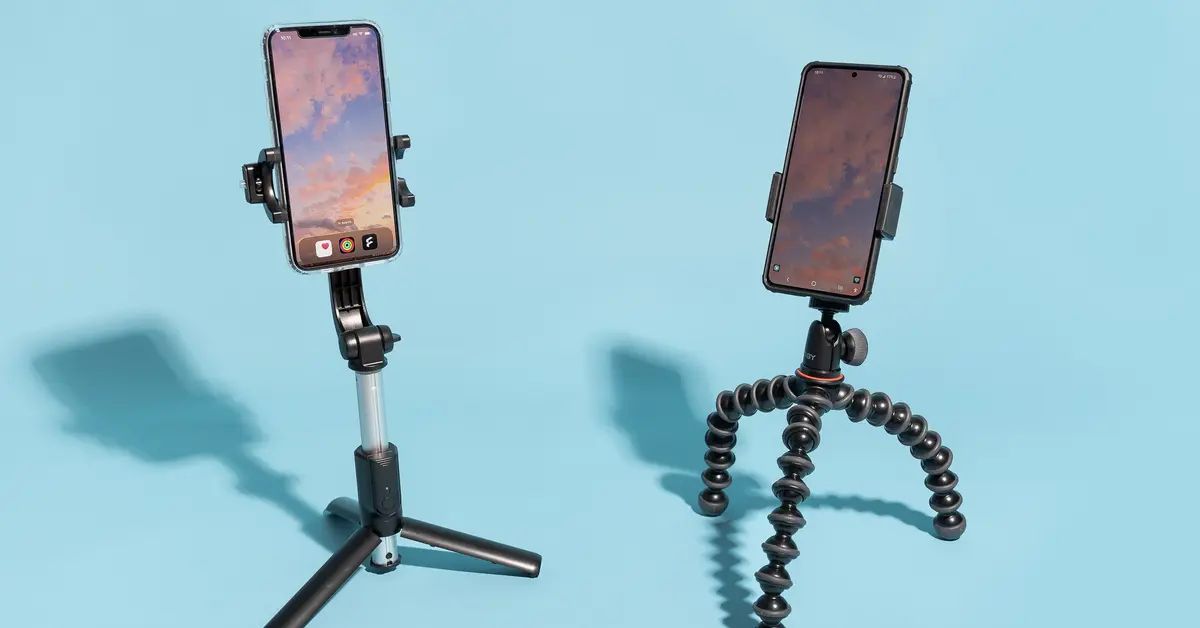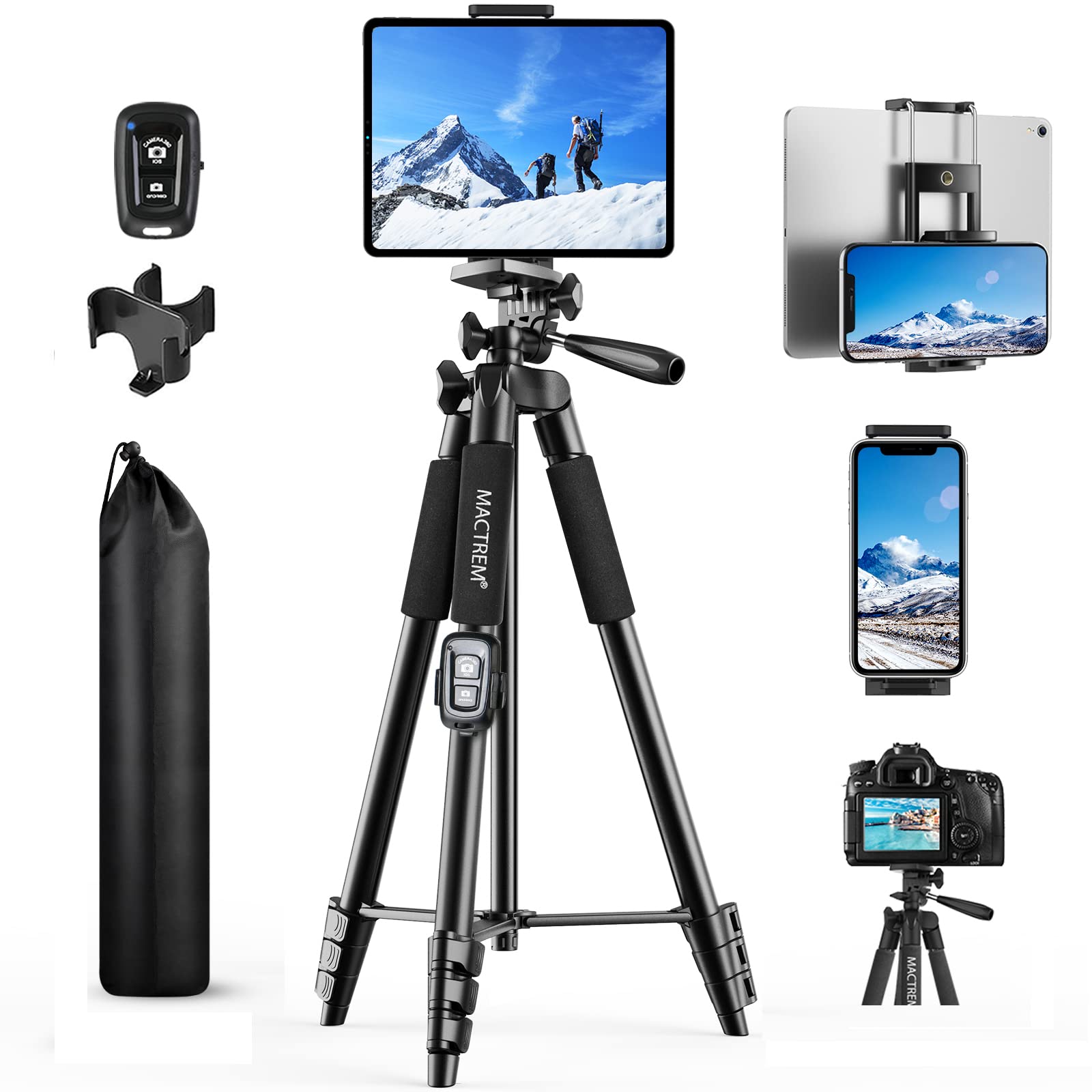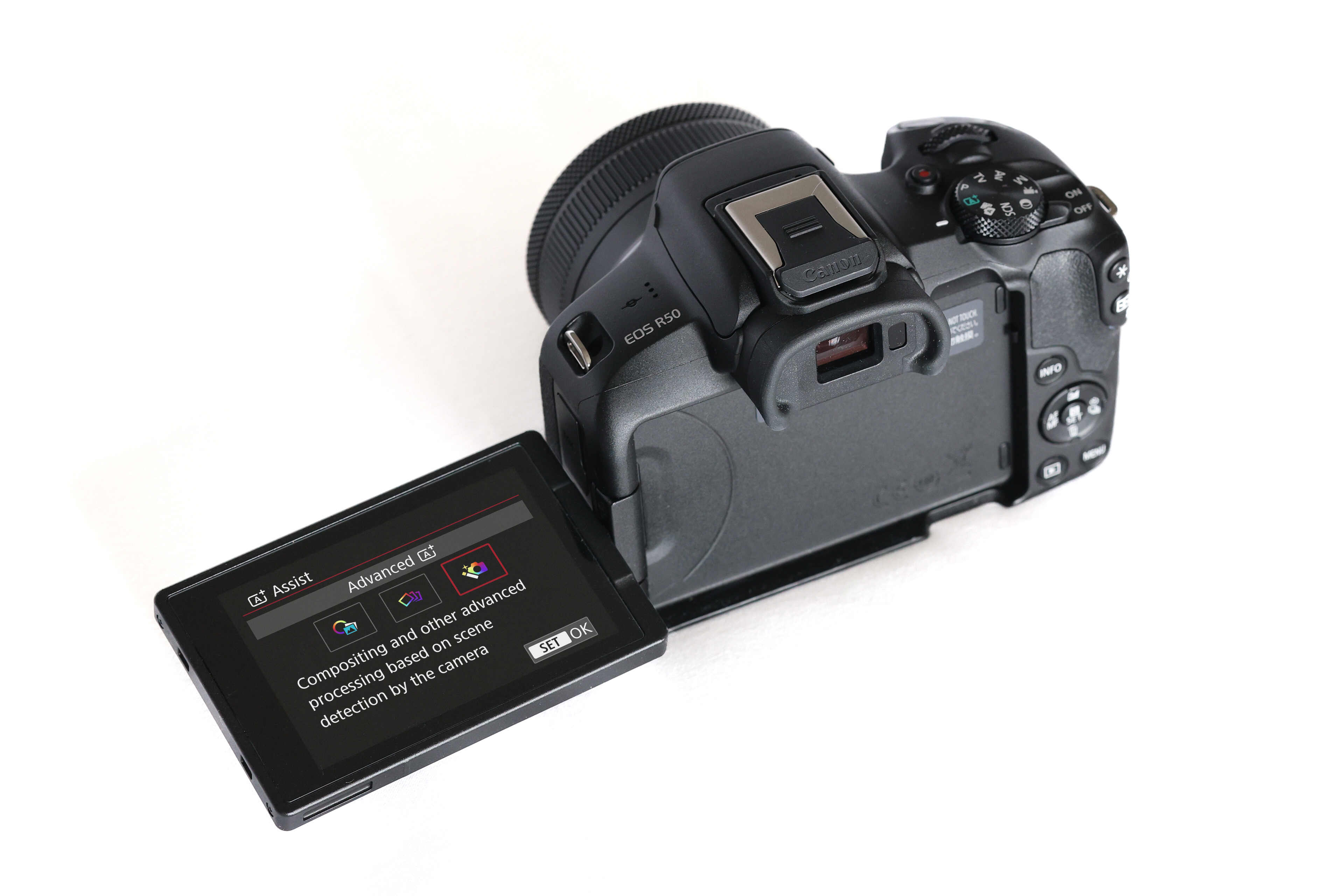Introduction
Selfies have become an integral part of our modern visual culture, allowing us to capture and share moments of our lives with the world. While smartphones have dominated the realm of selfie-taking, there is a growing trend of using DSLR cameras to elevate the quality and creativity of self-portraiture. With the advanced features and superior image quality offered by DSLR cameras, taking selfies with these professional-grade devices can result in stunning and professional-looking photographs.
In this comprehensive guide, we will explore the art of taking selfies with a DSLR camera, providing you with valuable tips and techniques to enhance your self-portrait photography skills. From choosing the right lens to mastering lighting and posing, we will delve into the intricacies of DSLR selfie photography, empowering you to capture captivating self-portraits that stand out in the digital landscape.
Whether you are an aspiring photographer looking to expand your skills or an individual seeking to elevate your selfie game, this guide will equip you with the knowledge and expertise to make the most of your DSLR camera for stunning self-portraiture. Get ready to embark on a journey of creativity and self-expression as we uncover the secrets of taking breathtaking selfies with a DSLR camera.
Choosing the Right Lens
When venturing into the realm of DSLR selfie photography, selecting the appropriate lens is paramount to achieving the desired visual impact. The choice of lens not only influences the composition and perspective of your selfies but also plays a crucial role in capturing the essence of the moment with clarity and precision.
Prime lenses, known for their fixed focal length, are popular among selfie enthusiasts for their ability to produce sharp and high-quality images. The wide aperture of prime lenses, such as 50mm or 85mm, enables impressive background blur, commonly referred to as bokeh, which adds a professional and artistic touch to your selfies. Additionally, prime lenses excel in low-light conditions, allowing you to capture stunning self-portraits with minimal distortion and exceptional detail.
Alternatively, zoom lenses offer versatility and flexibility, making them suitable for various selfie scenarios. With the capability to adjust focal length, zoom lenses enable you to experiment with different compositions and framing options, empowering you to capture selfies in diverse settings and environments. Whether you prefer close-up shots or wider angles, a zoom lens provides the adaptability needed to unleash your creativity and express your unique style through self-portraiture.
Consider the focal length of the lens in relation to your shooting preferences. For individuals who enjoy close-up selfies with a blurred background, a lens with a wider aperture and shorter focal length may be the ideal choice. On the other hand, if you prefer capturing selfies in expansive landscapes or group settings, a lens with a longer focal length and versatile zoom capabilities can cater to your photographic needs.
Ultimately, the right lens for DSLR selfie photography should align with your artistic vision and photographic style, enabling you to convey your personality and emotions through captivating self-portraits. By carefully evaluating the characteristics and capabilities of different lenses, you can make an informed decision that elevates the visual impact and storytelling potential of your DSLR selfies.
Setting Up Your Camera
Before embarking on your DSLR selfie photography journey, it is essential to ensure that your camera settings are optimized to capture stunning self-portraits. By configuring the camera parameters and functions, you can harness the full potential of your DSLR and elevate the quality of your selfies.
Start by adjusting the aperture, shutter speed, and ISO settings to achieve the desired exposure and depth of field. A wide aperture (represented by a lower f-stop number) allows for beautiful background blur, drawing attention to the subject, while a narrower aperture (higher f-stop number) ensures sharper details in the overall scene. Experiment with different aperture settings to find the perfect balance between subject isolation and environmental context in your selfies.
Furthermore, consider the shutter speed to control motion and sharpness in your self-portraits. A faster shutter speed is ideal for freezing movement and capturing crisp details, while a slower shutter speed can introduce intentional motion blur for creative effects. Tailor the shutter speed to suit the dynamics of your selfie composition and the desired visual impact.
Adjusting the ISO setting is crucial for managing the camera’s sensitivity to light. In well-lit environments, a lower ISO value minimizes digital noise and preserves image clarity, whereas in low-light conditions, a higher ISO value enhances the camera’s sensitivity to light, enabling you to capture well-exposed selfies without compromising image quality.
Additionally, consider the white balance setting to ensure accurate color reproduction in your selfies. Customizing the white balance based on the lighting conditions, whether natural or artificial, allows you to convey the true ambiance of the scene and maintain color fidelity in your self-portraits.
When setting up your DSLR camera for selfies, also pay attention to the autofocus mode and exposure compensation to achieve precise focusing and exposure control. By fine-tuning these settings, you can enhance the sharpness and overall visual impact of your self-portraits, ensuring that every detail is captured with clarity and precision.
By meticulously configuring your camera settings, you can unleash the full potential of your DSLR for capturing captivating self-portraits that showcase your unique personality and creative vision.
Finding the Right Lighting
Lighting serves as a cornerstone of exceptional photography, and when it comes to DSLR selfies, the right lighting can elevate your self-portraits from ordinary to extraordinary. Whether you prefer natural light or artificial lighting setups, understanding and harnessing the nuances of light can significantly enhance the visual impact and mood of your selfies.
Natural light, particularly during the golden hours of sunrise and sunset, offers a soft, warm glow that can impart a captivating and ethereal quality to your self-portraits. The gentle, diffused light during these times creates flattering highlights and shadows, adding depth and dimension to your selfies. Position yourself facing the light source to achieve a radiant and luminous effect, or experiment with side lighting to create intriguing contrasts and textures in your self-portraits.
When natural light is not readily available, artificial lighting solutions provide a versatile and controllable alternative for DSLR selfies. Softbox lights and ring lights are popular choices for achieving even, flattering illumination, ensuring that your self-portraits are well-lit and free from harsh shadows. These lighting tools offer the flexibility to adjust the intensity and direction of light, allowing you to sculpt and enhance the visual aesthetics of your selfies with precision.
Consider the color temperature of the light sources to convey the desired mood and ambiance in your self-portraits. Warm, golden hues evoke a sense of intimacy and comfort, while cooler tones can infuse a modern and refreshing feel into your selfies. By understanding the emotional impact of different lighting temperatures, you can tailor the lighting setup to harmonize with the narrative and expression conveyed in your self-portraits.
Furthermore, mastering the art of backlighting can add a touch of drama and allure to your DSLR selfies. Positioning the light source behind you can create a striking halo effect or ethereal glow, accentuating your silhouette and adding a captivating visual dynamic to your self-portraits. Experiment with backlighting to infuse your selfies with a sense of mystery and artistic flair.
Whether you opt for natural or artificial lighting, the key lies in understanding the characteristics of light and harnessing its transformative power to enhance the mood, composition, and storytelling elements of your DSLR selfies. By mastering the art of lighting, you can elevate your self-portraiture to new heights of visual allure and emotional resonance.
Posing and Framing
Mastering the art of posing and framing is essential for creating compelling and visually engaging DSLR selfies. The way you position yourself and compose the frame not only influences the aesthetics of the self-portrait but also conveys your personality and narrative through body language and visual storytelling.
When it comes to posing for DSLR selfies, authenticity and naturalness often yield the most captivating results. Embrace genuine expressions and gestures that reflect your true self, allowing your personality to shine through in the photographs. Whether it’s a candid smile, a contemplative gaze, or a spontaneous laugh, authentic emotions captured through natural posing can imbue your selfies with an irresistible charm and relatable appeal.
Experiment with different angles and perspectives to discover the most flattering and expressive poses for your self-portraits. Consider the positioning of your body in relation to the camera, the tilt of your head, and the use of negative space within the frame to create dynamic and visually compelling compositions. By exploring varied poses and angles, you can uncover the most flattering and expressive ways to present yourself in your DSLR selfies.
Framing plays a pivotal role in DSLR selfie photography, shaping the visual narrative and drawing attention to the focal points within the composition. Utilize the rule of thirds to create balanced and visually engaging selfies, placing yourself off-center within the frame to introduce a sense of movement and dynamism. Additionally, consider the background elements and framing devices that can enhance the overall visual impact of your self-portraits, adding depth and context to the imagery.
Explore the use of leading lines, framing elements, and negative space to guide the viewer’s gaze and convey a sense of depth and perspective in your DSLR selfies. By incorporating these compositional techniques, you can elevate the storytelling potential of your self-portraits, creating captivating visuals that resonate with the viewer on a profound and emotive level.
Ultimately, posing and framing in DSLR selfie photography is a creative and expressive process that allows you to communicate your unique identity and emotions through visual storytelling. Embrace authenticity, experiment with diverse poses and framing techniques, and infuse your self-portraits with a compelling narrative that captivates and resonates with your audience.
Using a Remote Shutter Release
Employing a remote shutter release is a game-changing technique in DSLR selfie photography, offering enhanced control and convenience when capturing self-portraits. This invaluable tool allows you to trigger the camera’s shutter remotely, eliminating the need to manually press the shutter button and ensuring that you can capture flawless self-portraits with ease and precision.
One of the primary advantages of using a remote shutter release for DSLR selfies is the elimination of camera shake. When manually pressing the shutter button, there is a risk of inadvertently causing slight movements that can result in blurry or less sharp images. By utilizing a remote shutter release, you can initiate the shutter without physically touching the camera, thereby minimizing the potential for camera shake and ensuring that your self-portraits are consistently sharp and well-defined.
Furthermore, a remote shutter release empowers you to experiment with different poses and compositions without being constrained by the proximity of the camera. Whether you desire to capture full-body self-portraits, dynamic action shots, or group selfies, the freedom afforded by a remote shutter release allows you to position yourself creatively and confidently, knowing that you can trigger the shutter at the perfect moment without limitations.
Additionally, utilizing a remote shutter release enables you to maintain a relaxed and natural posture during the selfie-taking process, as you are not required to reach for the camera to initiate the shutter. This contributes to a more comfortable and authentic self-portraiture experience, allowing you to focus on expressing yourself and conveying genuine emotions without the distraction of manual camera operation.
When selecting a remote shutter release, consider the available options, such as wired or wireless models, and choose the one that best suits your preferences and shooting style. Wireless remote shutter releases offer the added advantage of extended range and flexibility, allowing you to trigger the shutter from a distance, whether for solo selfies or group portraits, without the constraints of physical connectivity.
By integrating a remote shutter release into your DSLR selfie photography workflow, you can elevate the quality and creative potential of your self-portraits, ensuring that every moment is captured with precision and artistry. Embrace the freedom, control, and convenience afforded by this indispensable tool, and unlock a new realm of possibilities for expressive and captivating self-portraiture with your DSLR camera.
Editing and Enhancing Your Selfies
Post-processing plays a crucial role in refining and elevating the visual impact of DSLR selfies, allowing you to enhance the mood, composition, and overall aesthetic appeal of your self-portraits. With a myriad of editing tools and software at your disposal, you can unleash your creativity and transform your raw images into captivating works of art that resonate with depth and emotion.
Begin by selecting a reliable and versatile photo editing software that aligns with your artistic vision and technical requirements. Whether it’s Adobe Photoshop, Lightroom, or other user-friendly editing applications, the right software can provide you with a comprehensive suite of tools to fine-tune exposure, color balance, and composition, enabling you to craft visually stunning and impactful self-portraits.
When editing your DSLR selfies, pay attention to exposure adjustments to optimize the brightness and contrast of your images. Fine-tune the exposure settings to ensure that your self-portraits are well-balanced and visually compelling, with attention to preserving details in both the highlights and shadows for a professional and polished look.
Color correction and white balance adjustments are essential for achieving accurate and vibrant color reproduction in your selfies. Whether you aim to convey a warm and inviting ambiance or a cool and contemporary aesthetic, meticulous color adjustments can infuse your self-portraits with the desired mood and visual allure, enhancing the overall impact of your photographs.
Experiment with creative effects and filters to add a unique and artistic touch to your DSLR selfies. From subtle enhancements like vignetting and selective blurring to more dramatic effects such as black and white conversions and color toning, the judicious application of creative filters can imbue your self-portraits with a distinct and evocative style that sets them apart.
Furthermore, consider the potential for retouching and refining specific elements within your self-portraits, such as skin smoothing, blemish removal, and subtle facial enhancements. While maintaining authenticity and naturalness is paramount, subtle retouching can contribute to a polished and professional presentation of your self-portraits, ensuring that your unique beauty and personality shine through.
By embracing the art of editing and enhancing your DSLR selfies, you can unleash the full potential of your self-portraiture, crafting images that resonate with emotional depth and visual allure. With a discerning eye and a creative approach to post-processing, you can transform your raw captures into captivating and evocative self-portraits that leave a lasting impression on viewers.







